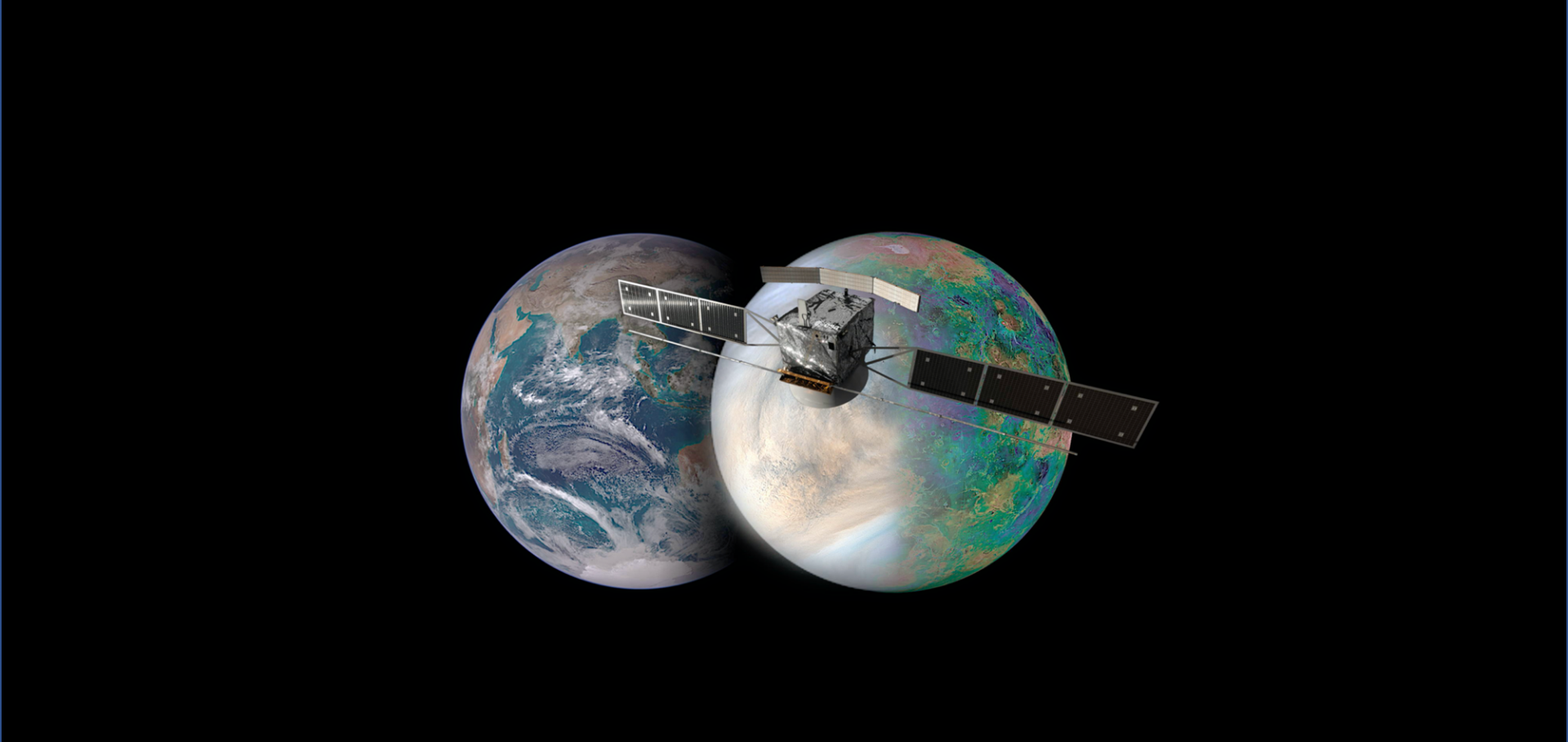A Search for the Near‐Surface Particulate Layer Using Venera 13 In Situ Spectroscopic Observations
Journal of Geophysical Research: Planets American Geophysical Union 130:4 (2025) e2024JE008728
Abstract:
Whether or not there is a particulate layer in the lowest 10 km of the Venusian atmosphere is still an open question. Some of the past in situ experiments showed the presence of a detached particulate layer, and a few suggested the existence of finely dispersed aerosols, while other instruments supported the idea of no particulate matter in the deep atmosphere. In this work, we investigate the presence of a near‐surface particulate layer (NSPL) using in situ data from the Venera 13 mission. While the original spectrophotometric data from Venera 13 were lost, we have reconstructed a part of this data by digitizing the old graphic material and selected the eight most reliable Venera 13 downward radiance profiles from 0.48 to 0.8 μ ${\upmu }$ m for our retrievals. The retrievals suggest the existence of the particulate layer with a peak in the altitude range of 3.5–5 km. They further indicate a log‐normal particle size distribution with a mean radius between 0.6 and 0.85 μ ${\upmu }$ m. The retrievals constrain the real refractive index of the particles to lie around the range of 1.4–1.6, with the imaginary refractive index of a magnitude of 10 − 3 ${10}^{-3}$ . Based on refractive index retrievals, uplifted basalt particles or volcanic ash could be responsible for near‐surface particulates. In comparison, volatile condensates appear less likely to be behind the formation of NSPL.Atmospheric Gravity Waves in Mars' Lower Atmosphere: Nadir Observations From OMEGA/Mars Express Data
Journal of Geophysical Research Planets American Geophysical Union (AGU) 130:3 (2025)
The Visual Monitoring Camera (VMC) on Mars Express: A new science instrument made from an old webcam orbiting Mars
Planetary and Space Science Elsevier 251 (2024) 105972
Searching for a near-surface particulate layer using near-IR spacecraft observations
Copernicus Publications (2024)
First Results of Mars Express—ExoMars Trace Gas Orbiter Mutual Radio Occultation
Radio Science American Geophysical Union (AGU) 59:7 (2024)


